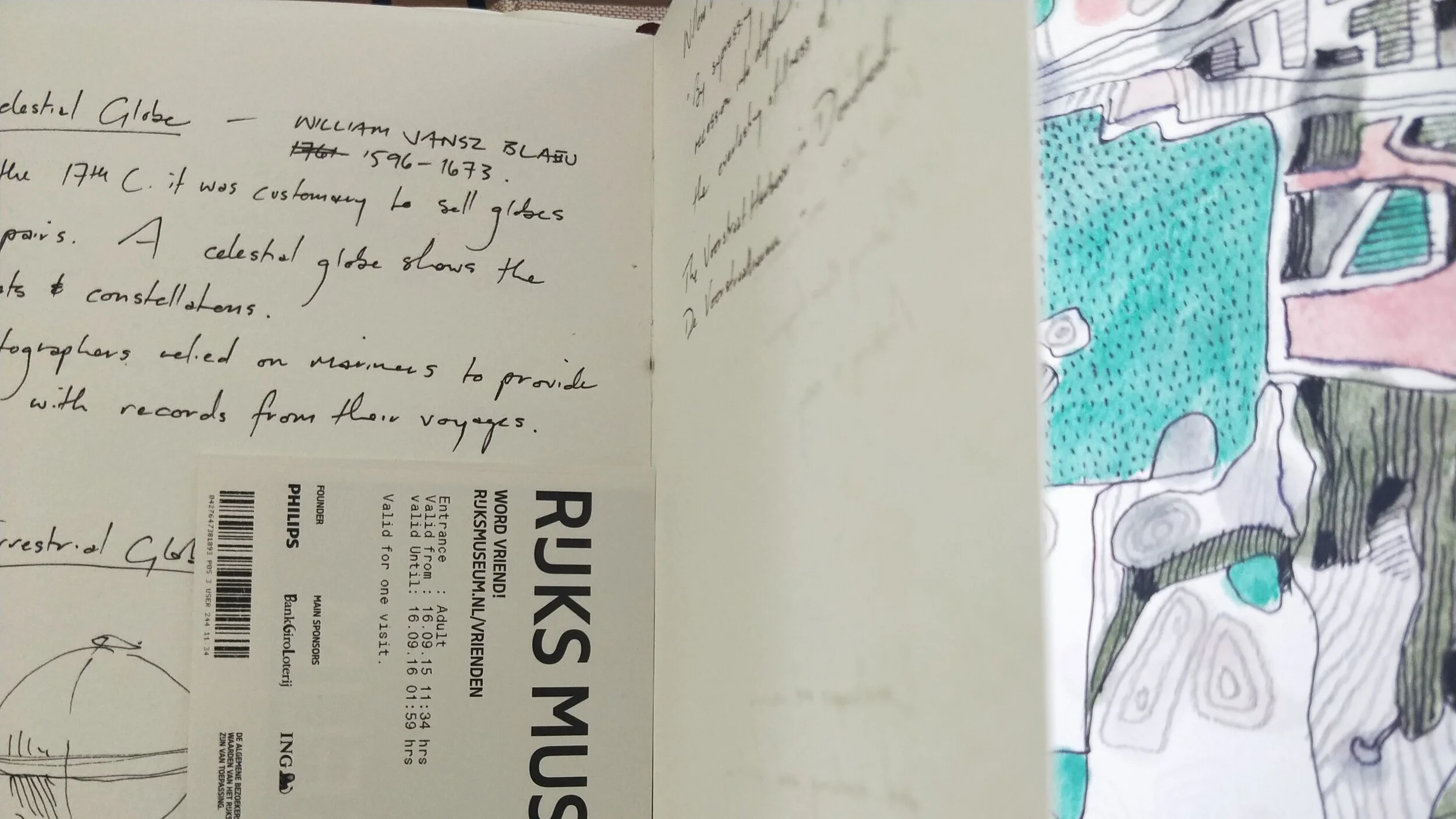6 ways I am predictably creative (and you can be too!)
Have you ever had one of those days when you feel stuck creatively?
Are you just too busy to even think about new ideas?
As professional creatives we have to keep our minds trained to see things differently, all the time. It’s not just artists, interior designers, architects, and innovators that need to be creative. We all need to have creativity in our lives in one way or another.
But did you know that creativity is learnable? Now, we may never be able to isolate all of the variables that generate new ideas. We don’t always know when we will have light-bulb moments. But, in my experience, we can reliably create the conditions to invite them.
So, here are 6 ways I am predictably creative (and you be can too):
1. Obey your curiosity. Creatives are often connectors of ideas. If something sparks your curiosity, spend a little bit of time with it. Deliberately consider things that naturally intrigue you. All of them add to your toolkit through which creative masterpieces occur. For example, I've been obsessed with pointillism since the start of my creative career. When I find examples of pointillism, pay attention to them and they naturally appear in my paintings when I am in a 'flow' state [read more about flow states here].
2. Keep a notebook or journal. When something interests you, write it down. Disparate ideas seem strange and disorganised until you read back over them and discover themes you might not have previously noticed. Stick things in there. Use colour. Draw. I've been doing this for over 3 decades and have some beautiful notebooks that can attest to my creative process. Leonardo Da Vinci kept his ideas in a series of notebooks too. Why not do what the masters do?
A few of the notebooks I have created over the years. They are a beautiful log of my thinking and how it has developed. I often circle back to ideas I had 5, 10 and 20 years ago. I love using watercolour books with a high gsm paper and ideally some texture in the grain. Fabriano in particular have a beautiful series.
Pages from a notebook from 2015. I was in the Netherlands at the time, researching ideas for a new series. I reference classical art theories and techniques a lot in my practice, and the Rijks Museum, the home of heroes like Van Gogh and Rembrandt, was an important source of inspiration.
3. Invite collaborations and conversations. When we work in isolation, our ideas can stagnate and we stay on the same path too long. Find someone with a different perspective to you and talk about your work. Even hearing your ideas out loud helps them become stronger.
I regularly talk with people across industries, and have even started a PhD so that I could access the collaborative powers of researching inside a university. Attend webinars on different topics, then reach out to the most interesting person you met there. You might be surprised on your new directions.
Collaborating with interior designers and their clients is so important for my art practice. I love bringing ideas from designers together with places and stories from clients that truly personalise a painting.
4. Frame the problem, then step back. Ever had a really big problem that you were absolutely stumped on? Instead of worrying incessantly, write down a "How can I...?" problem. “How can I get my work into that magazine?” “How can I show my colleagues how amazing I am?”
Think about it for a while, until it almost irritates you. And then pop that piece of paper aside and forget about it. This is where your subconscious steps in to do the work. This process enables you to use not just your rational mind, but your emotional mind too. We need all of our brain to be creative.
For me to get my work into a magazine, I realised one of my friends was an ex-reporter, and he could help me understand how to pitch and write better for the media. He provided me with some valuable contacts and I felt like a had a plan, rather than a problem.
5. Stop and work when it hits. At unexpected times you can feel a rush of clarity. Honor that. Stop and get those thoughts down before they evaporate. This is when you will be glad you had that notebook handy. If it works better for you, take a quick voice recording or jot it down electronically.
I often have amazing ideas in that space between sleep and awake. So I try to harness that knowledge and do a 10-20 minute meditation in the middle of the day. Often the ideas come after a mediation (by not always). At the very least daily meditation helps me keep my mind healthy and happy.
6. Inspiration finds you working. Finally, as most career creatives know, and Pablo Picasso immortalised in a quote: “Inspiration exists, but it has to find you working”. Whether you need to continue on the same path or find a new one, just keep going. If you aren’t working, you have no chance of adding to your creativity. Sometimes it is the mistakes we make that are the best source of new ideas.
I do hope these tips have been helpful. Here’s to your own predictable creativity!
Do reach out if you would like to know more.
Sarah
Research on creativity was from an HBR Article by Joseph Grenny.
You might also like
Oil, Acrylic, Japanese ink and wax on superior quality canvas.
150cm (W) x 150cm (H) x 3.5cm (D)
PAINTING SHOWN IS SOLD
This piece is available for commission. Purchase this piece and a similar painting will be created just for you. This is an original, bespoke piece. It will not be exactly the same as shown, however the same process, base design ideas and materials will be used. Please allow 4-8 weeks creation and drying time.
What is our place in this world? Over the last year, our lives became both bigger and smaller. In the context of a global pandemic, our domestic lives played out. We lived and loved. We existed in smaller spaces. While those around us died, others blossomed. An epic human drama continues to play out. Meanwhile, the land underneath us remains.
This Land That Holds Our Souls investigates our connectedness with one another, and with the land we live upon. It portrays an evolving ecosystem, all parts woven together in astonishingly intricate ways. Viewers may recognise the curve of the landscape around Daly's Reach, a section of the Brisbane River named after the artist's forebears.
If you would like to commission a similar piece in a different size or colour palette, please get in touch by email: sarah@dalyandx.com.
Download the price guide here.
We love making art that is perfect for you.
Photography: Eleanor Byrne
Interior design: Marina Hirst Interiors



![This Land That Holds Our Souls [Open for Commission]](https://images.squarespace-cdn.com/content/v1/5f60167407b83749e741eb95/1616652664468-ESIDY9CBYCARZ9RTEMSE/IMG20210226120928.jpg)